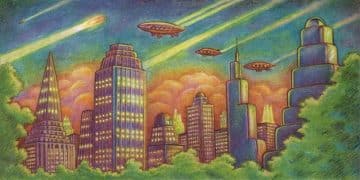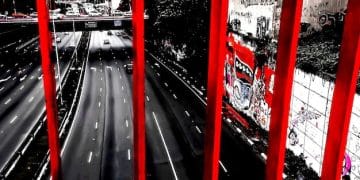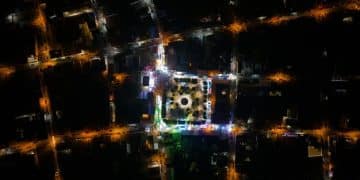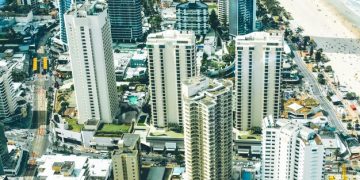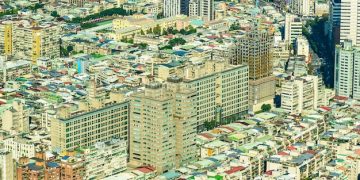GTA 6 Urban Density: Comparing Vice City to Real-World Miami
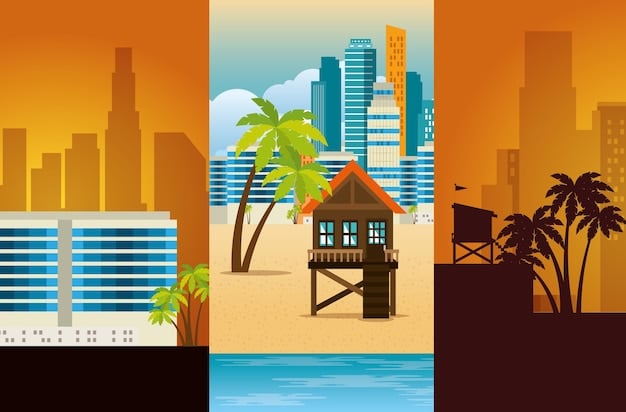
GTA 6’s urban density, particularly in Vice City, is a hot topic; this article compares the game’s potential block-by-block layout with real-world counterparts like Miami, offering insights into how Rockstar Games might craft a believable and immersive virtual world.
The buzz around GTA 6 is reaching fever pitch, and one question consuming fans is the scale of the game’s world, especially Vice City. Let’s dive into **GTA 6’s Urban Density: A Block-by-Block Comparison with Real-World Counterparts**, exploring how Rockstar Games might be building its virtual cities.
Understanding Urban Density in Game Design
Urban density is a critical element in creating realistic and engaging open-world games. It affects everything from navigation and gameplay to the overall atmosphere and believability of the virtual environment. A well-designed urban density can immerse players in the world, while a poorly executed one can lead to a sense of emptiness or artificiality.
In essence, urban density refers to the concentration of buildings, streets, population, and activities within a given area. When considering game design, it dictates how much content can be squeezed into a playable map and how effectively the world simulates a living, breathing city.
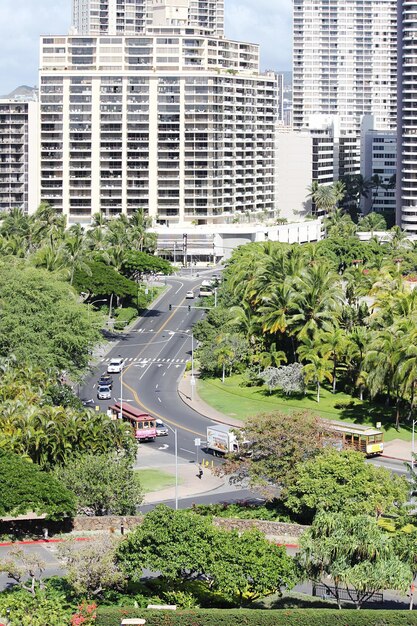
Why Urban Density Matters for GTA 6’s Vice City
For GTA 6 and its potential Vice City setting, urban density holds immense significance in shaping the gameplay experience and maintaining the franchise’s legacy for immersive open-world environments. Accurate urban density can make the virtual world feel alive and authentic.
Enhanced Immersion
Denser urban areas create a more immersive experience for players. Realistic street layouts, bustling pedestrian traffic, and a variety of architectural styles contribute to a believable virtual world that players can get lost in.
Gameplay Opportunities
High urban density can create ample opportunities for varied gameplay, from high-speed chases through crowded streets to intricate stealth missions within complex building layouts. This can make the game more replayable.
Economic Realism
Realistic urban density can reflect the economic diversity and social dynamics of a city. Areas with high density may have more businesses, higher crime rates, and a greater sense of urgency and competition.
Here are key aspects of urban density to consider:
- Building Height and Spacing: The variation and density of buildings influence visual appeal and navigation.
- Street Networks: Realistic street grids can create natural traffic flows and navigation challenges.
- Pedestrian and Vehicle Traffic: Accurately simulates the ebb and flow of life in a city.
- Land Use Mix: Blending residential, commercial, and recreational areas promotes realism and diverse activities.
Understanding the different parameters for urban density settings becomes essential for making informed comparisons.
Miami as a Blueprint for Vice City’s Density
Given the strong indications that Vice City will be a key location in GTA 6, examining Miami’s urban layout becomes extremely relevant. Miami already provides a detailed real-world model for building a virtual urban environment characterized by both dense city centers and sprawling suburban areas.
The city of Miami is known for its variation in density.
Downtown Miami vs. South Beach
Downtown Miami features dense skyscrapers and a grid-like street plan that embodies a bustling urban heart. South Beach, on the other hand, offers a more relaxed environment with lower buildings and a mix of commercial and residential zones.
Residential and Commercial Balance
Miami’s urban areas balance residential buildings with commercial establishments that can foster a lively and realistic feel. The right mix creates varied mission settings, from apartment heists to business-related objectives.
Green Spaces and Water Features
The presence of parks, beaches, and waterfront areas is crucial to Miami’s character. Incorporating these elements into a virtual Vice City is essential for creating a believable environment.
When examining the street level details, consider these essential points:
- Sidewalk Width: A crucial element for balancing pedestrian traffic and open spaces.
- Architecture Variation: Diverse building styles can add character and visual interest.
- Street Furniture: Elements like benches, streetlights, and bus stops can contribute to realism.
By studying how these elements are composed in Miami, Rockstar can create a highly authentic simulated urban environment for Vice City.
Analyzing Block-by-Block Layouts: Miami vs. Potential Vice City
To truly understand how GTA 6’s Vice City might compare to Miami, we must delve into neighborhood specifics, analyzing block-by-block layouts. Differences in layout can dramatically impact gameplay, navigation, and overall player satisfaction.
By scrutinizing these neighborhoods, we can draw useful comparisons to how game designers might interpret or adapt real-world influences.
Brickell vs. Downtown Vice City
Brickell is known for its high-rise residential buildings and complex, often congested street layout. Designers might adapt this area of Miami to create a similarly challenging navigation experience in Downtown Vice City.
Coral Gables vs. Affluent Vice City Suburbs
Coral Gables features wide avenues, Mediterranean architecture, and expansive suburban homes. This can be translated to an affluent area within Vice City, offering contrast to the dense urban areas.
Little Havana vs. Vice City’s Cultural Districts
Little Havana stands out with its tight-knit streets, colorful buildings, and rich cultural atmosphere. Replicating this vibrancy and density could add depth to Vice City’s cultural districts.
When analyzing a game map, consider these basic questions to establish how they compare:
- Street Density: What percentage of the area is made up of streets versus buildings?
- Building Coverage Ratio: What is the average building density per block?
- Open Space Proportions: How much of the area is dedicated to parks or other open spaces?
Analyzing the layout on a block-by-block basis allows designers to pinpoint areas that need greater attention to detail in order to create an authentic virtual representation.
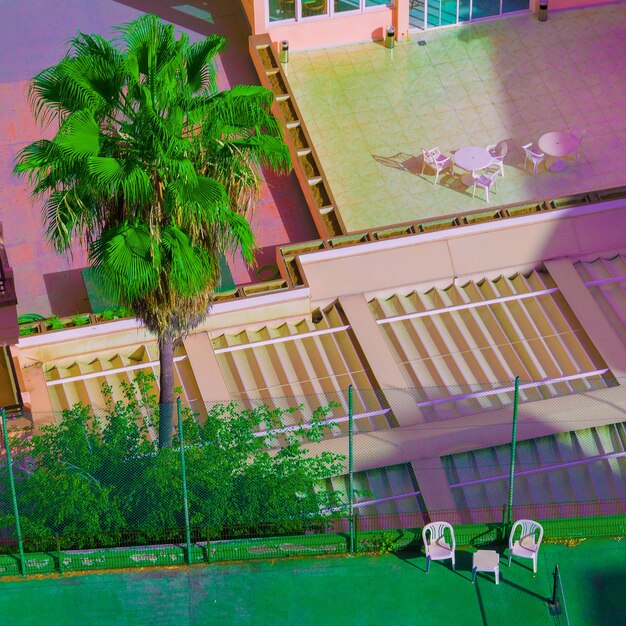
Challenges in Replicating Real-World Density in Games
While drawing inspiration from real-world urban areas like Miami might seem straightforward in theory, there are practical challenges and design choices that developers must tackle to transform actual layouts into a compelling virtual environment.
These challenges could range from performance constraints to the necessity of optimizing for gameplay.
Performance Constraints
High urban density can put a strain on game engines and hardware, leading to performance issues. Developers must strike a balance between realism and optimization to ensure smooth gameplay.
Gameplay Optimization
Real-world city layouts are not always conducive to dynamic gameplay. Developers must modify or simplify certain aspects to create enjoyable and navigable environments.
Artistic License and Creative Freedom
Game universes are not 1:1 recreations of real-world locations; developers often take liberties to enhance visual appeal or narrative context. So, it is important to maintain a degree of creative freedom.
Considerations such as these can impact how accurately Vice City’s urban layout mirrors Miami’s:
- Simplified Representations: Overly detailed environments can hinder smooth gameplay; therefore, simplifications might be necessary.
- Modified Scales: The scale of distances and building heights may be altered to fit the gameplay context.
- Stylistic Adjustments: Small alterations might be implemented to enhance the visual style or narrative themes.
Replicating real-world density isn’t merely about copying the layout; it also involves optimizing for performance, gameplay, and artistic license.
Predictions for GTA 6’s Urban Density and World Design
Considering the evolution of open-world game design and hardware capabilities, it is fair to hypothesize about GTA 6’s urban density. Rockstar’s history of pushing gaming boundaries allows for meaningful speculations.
These presumptions depend on various factors such as console capabilities and improvements in their updated game engine.
Increased Detail and Realism
Given the advancements in graphical capabilities, GTA 6 might aim for significantly higher levels of detail and realism in its environments. This would include more complex building designs, improved pedestrian AI, and denser street traffic.
Larger Open World
Reports indicate a vast open world encompassing multiple cities. The urban density in each locale could vary according to its real-world counterpart – from the dense metropolis of Vice City to more dispersed rural landscapes.
Dynamic and Customizable Environments
The future GTA 6 world could integrate dynamic changes to the environment, such as evolving weather systems, time-of-day alterations, and even temporary modifications to neighborhoods based on in-game events.
Predictions based on past trends include:
- Diverse Urban Layouts: Expect a blend of high-density urban centers, suburban sprawl, and natural landscapes.
- Environmental Storytelling: The arrangement and density of areas might reflect historical or social narratives.
- Interactive Environments: Highly interactive environments in which urban density plays a key role in mission planning and execution.
By blending these elements, Rockstar remains in a strong position to deliver a world that meets (if not surpasses) player expectations.
| Key Aspect | Brief Description |
|---|---|
| 🏙️ Urban Density | The concentration of buildings and activities in an area. |
| 🗺️ Miami as Blueprint | Analyzing Miami’s layout to inform Vice City’s design. |
| 🎮 Gameplay Challenges | Balancing realism with optimized gameplay experiences. |
| 🔮 GTA 6 Predictions | Expect more detail, dynamic environments, and diverse layouts. |
Frequently Asked Questions
▼
Urban density measures the concentration of buildings and activity in an area, making it critical for GTA 6 to create a more immersive, realistic, and gameplay-rich virtual environment, directly impacting the experience.
▼
Miami provides a comprehensive blueprint for Vice City’s density, offering a balance between urban areas like downtown and more relaxed areas like South Beach, which the developers can translate in game.
▼
Challenges include performance constraints, the need for gameplay optimization, and the balance between realism and artistic license, which means some compromises are necessary for game design.
▼
Expect heightened detail, a vast world featuring varying urban layouts mirroring real cities, and a more interactive and dynamic environment that evolves over time, delivering a greater realism.
▼
Realistic street layouts can greatly improve the sense of immersion by creating natural traffic flows and navigation challenges, adding authenticity for exploration.
Conclusion
Examining **GTA 6’s Urban Density: A Block-by-Block Comparison with Real-World Counterparts** and drawing parallels with cities like Miami helps to speculate about how the development team might deliver a highly immersive and believable virtual world. By balancing detail with gameplay, developers can hopefully satisfy gaming fans.
